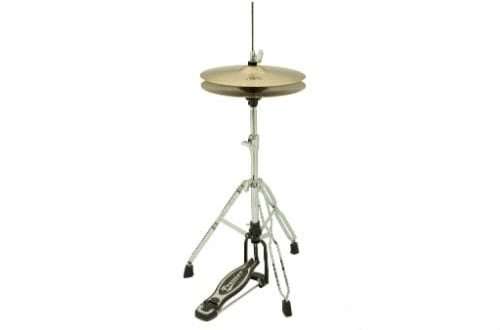Something about playing the violin for beginners: history, structure of the instrument, principles of play
First, a few thoughts about the history of the musical instrument itself. The violin in the form in which it is known today appeared in the 16th century. The closest relative of the modern violin is considered to be the viol. Moreover, from her the violin inherited not only its external resemblance, but also some playing techniques.
The most famous school of violin makers is the school of the Italian master Stradivari. The secret of the wonderful sound of his violins has not yet been revealed. It is believed that the reason is the varnish of his own preparation.
The most famous violinists are also Italians. You may already be familiar with their names – Corelli, Tartini, Vivaldi, Paganini, etc.
Some features of the violin structure
The violin has 4 strings: G-re-la-mi
The violin is often animated by comparing its sound to human singing. In addition to this poetic comparison, the outward appearance of the instrument resembles a female figure, and the names of individual parts of the violin echo the names of the human body. The violin has a head to which the pegs are attached, a neck with an ebony fingerboard and a body.
The body consists of two decks (they are made of different types of wood – the upper one is made of maple, and the lower one is made of pine), connected to each other by a shell. On the top deck there are figured slots in the shape of a letter – f-holes, and inside between the soundboards there is a bow – these are all sound resonators.
Violin f-holes – f-shaped cutouts
The strings, and the violin has four of them (G, D, A, E), are attached to a tailpiece held by a button with a loop, and are tensioned using pegs. The violin’s tuning is fifth – the instrument is tuned starting from the “A” string. Here’s a bonus -What are strings made of?
The bow is a cane with horsehair stretched over it (nowadays synthetic hair is also actively used). The cane is made primarily of wood and has a curved shape. There is a block on it, which is responsible for the tension of the hair. The violinist determines the degree of tension depending on the situation. The bow is stored in a case only with the hair down.
How is the violin played?
In addition to the instrument itself and the bow, the violinist needs a chinrest and a bridge. The chinrest is attached to the top of the soundboard and, as its name implies, the chin is placed on it, and the bridge is installed on the lower part of the soundboard to make it more convenient to hold the violin on the shoulder. All this is adjusted so that the musician is comfortable.
Both hands are used to play the violin. They are closely interconnected – with one hand you cannot play even a simple melody on the violin. Each hand performs its own function – the left hand, which holds the violin, is responsible for the pitch of sounds, the right hand with the bow is responsible for their sound production.
In the left hand, four fingers are involved in the game, which move along the fingerboard from position to position. The fingers are placed on the string in a rounded manner, in the middle of the pad. The violin is an instrument without a fixed pitch – there are no frets on it, like on a guitar, or keys, like on a piano, which you press and get a sound of a certain pitch. Therefore, the pitch of the violin is determined by ear, and transitions from position to position are developed through many hours of training.
The right hand is responsible for moving the bow along the strings – the beauty of the sound depends on how the bow is held. Smoothly moving the bow down and up is a detailing stroke. The violin can also be played without a bow – by plucking (this technique is called pizzicato).
This is how you hold the violin when playing
The violin curriculum at a music school takes seven years, but to be honest, once you start playing the violin, you continue to study it all your life. Even seasoned musicians are not shy to admit this.
However, this does not mean that it is so impossible to learn to play the violin. The fact is that for a long time and still in some cultures the violin was and remains a folk instrument. As you know, folk instruments become popular due to their accessibility. And now – some wonderful music!
F. Kreisler Waltz “Pang of Love”
Interesting fact. Mozart learned to play the violin at age 4. Himself, by ear. No one believed him until the kid demonstrated his skills and shocked the adults! So, if a 4-year-old child has mastered playing this magical instrument, then God himself ordered you, dear readers, to take up the bow!



